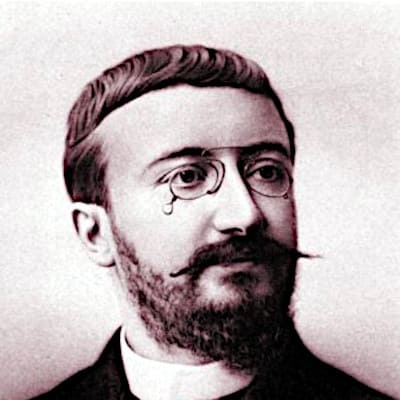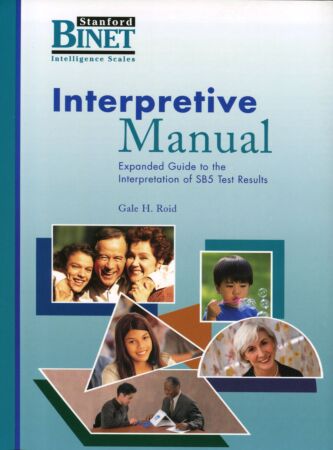Ψlogical
Testing
Chapter 9
Intelligence
Intelligence
House cleaning 🧼🚿
- Exam #1
- See me if you didn’t do as well as hoped 🤕
- Project:
- First 5 items and construct description (Canvas)

![]()
Intelligence!!!

Intelligence is…
- …tendency to take & maintain direction (Terman, 1916)
- …adjustment/adaption to environment (Freeman, 1950)
- …ability to resolve problems (Gardner, 2011)

Genesis of intelligence testing
- France early 1900’s
- intellectually limited children
- deliver special education
- Alfred Binet
- judgement
- attention
- reasoning

Binet’s decisions
Age differentiation
- Intelligence parallels age (children)
- what tasks can most XX–year–olds complete?
Note
Task completion (%) by age plots formed ogives (same as ICCs)
General Mental Ability
- overarching construct
- current preferred conceptualization (“g”)

![]()
“g”
Independently in Great Britain…
- Spearman (1904) also proposed a general mental ability factor


![]()




Fluid and Crystalized
…maybe 2 “g”’s instead of 1?
- fluid intelligence
- problem-solving in unfamiliar situations
- crystallized intelligence
- applications of learned knowledge, skill, experience

Note
The terminology used here retains the historical “intelligence” although the notation specifies modern \(g_f\) & \(g_c\)
Binet–Simon (1905)
- 30 items
- increasing “difficulty”
- considered 1st modern intelligence test
- scoring was not optimal
- 50 children (norms)
- focused on deficiency classification

Binet–Simon (1908)
- (more) items now grouped by age
- concept of mental age introduced
- performance relative to average1 XX–aged child
- larger normative group (n=203)

Stanford-Binet (1916)
- Lewis Terman now involved
- English–language adaptation
- developed intelligence quotient
- \(IQ = \frac{Age_{Mental}}{Age_{Chronological}} \times 100\)
- norm data maxxed–out at 19.5 (\(Age_{Mental}\))

Activity!!
…let’s take another test!!
- “Wonderlic”-ish
- timed (12-minutes)
- interface wonky
- error!! 🤨

Stanford–Binet (1937)
- normative ages extended to 2 \(\rightarrow\) 22
- more representative (beyond CA)
- improved standardization
- administration
- scoring
- less literacy–dependent
- alternate (parallel) form

Stanford–Binet (1960; SB-LM)
- combine 1937 items into one “best” test
- deviation IQ new scale score
- z-score derivative
- \(SS = \sigma(Z)+\mu\)
- \(IQ = 15(Z)+100\)
- z-score derivative

Stanford–Binet (Modern; 4th edition 1986)
- content-based item groupings
- allowed for separate mental abilities summary scales
- partially informed by (Thurstone, 1938)

Stanford–Binet (Modern; 5th edition 2003)

The letter associated with the traditional concept of intelligence is…
- g
- q
- p
- r
Alfred Binet started to measure intelligence upon request of the __________ government…
- French
- American
- German
- Swiss
IQ is _________ divided by ___________ (multiplied by 100)
- chronological age; mental age
- mental age; chronological age
- scale score; raw score
- raw score; scale score
Figuring out how to escape from a desert island would most likely be attributed to _________ intelligence
- fluid
- crystallized
- Gilligan
- spatial
Figuring out who played Luke Skywalker in Star Wars would most likely be attributed to _________ intelligence
- crystallized
- fluid
- trivial
- spatial
References
Carroll, J. B. (1993). Human cognitive abilities: A survey of factor-analytic studies. Cambridge university press.
Freeman, F. S. (1950). Theory and practice of psychological testing.
Gardner, H. E. (2011). Frames of mind: The theory of multiple intelligences. Basic books.
Spearman, C. E. (1904). General intelligence, objectively determined and measured. American Journal of Psychology, 15, 201–292.
Terman, L. M. (1916). The measurement of intelligence (Vol. 191). Houghton Mifflin Company Boston.
Thurstone, L. L. (1938). Psychometric monographs. University of Chicago Press.